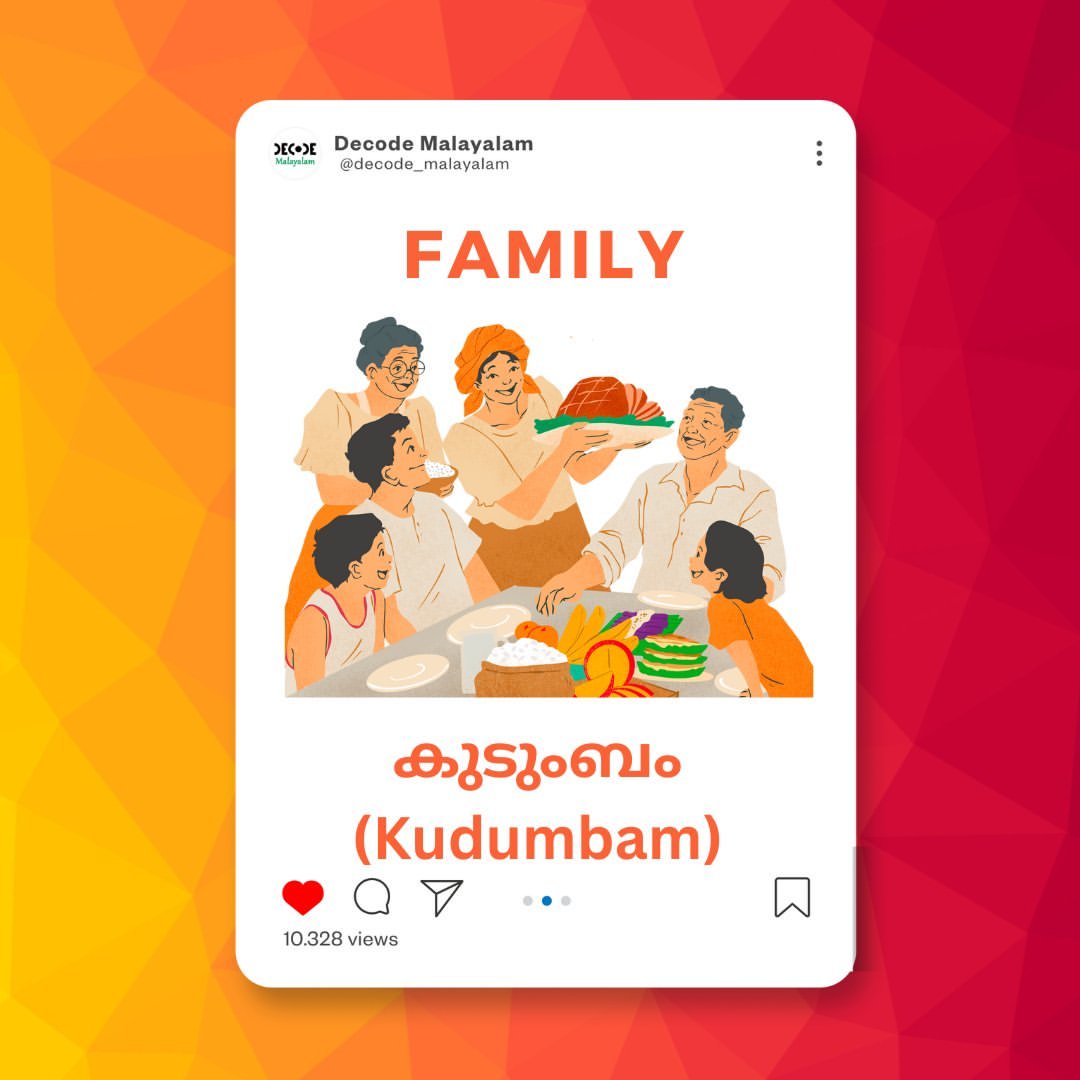Mastering Malayalam: A Guide to Basic Grammar
Malayalam, a richly structured and expressive language from the Dravidian family, is spoken primarily in Kerala, India. Its grammar forms the backbone of effective communication, making it an essential topic for both spoken and written Malayalam. This guide elaborates on the foundational aspects of Malayalam basic grammar to help beginners on their journey to fluency.
Understanding Malayalam grammar is both systematic and versatile, reflecting its deep roots in Dravidian and Sanskrit traditions. It governs how words are structured, sentences are formed, and meanings are conveyed. For learners, a solid grasp of grammar is the first step to mastering this melodious language.
Ready to Learn with an Expert?
While this guide is a great start, a personalized approach is key to achieving fluency. Get expert guidance in our one-on-one Malayalam classes.
Book Your Individual Class!Core Elements of Malayalam Grammar
1. The Malayalam Alphabet and Pronunciation
The Malayalam script, derived from the Brahmi script, consists of 56 letters:
- Vowels (Swaraksharangal): 15 letters. Examples: അ (a), ഇ (i), ഉ (u).
- Consonants (Vyanjanaksharangal): 41 letters. Examples: ക (ka), മ (ma), റ (ra).
Malayalam is phonetic, meaning words are pronounced as they are written. Dedicated pronunciation practice is vital to mastering the basics.
2. Nouns and Pronouns in Malayalam
Nouns are categorized by gender (masculine, feminine, and neuter) and number (singular and plural). Pronouns, meanwhile, vary by gender, formality, and context.
Examples:
- Masculine noun: “Raajan” (king)
- Feminine noun: “Raajni” (queen)
- Informal Pronoun: “Nee” (you)
- Formal Pronoun: “Ningal” (you)
Mastering these distinctions makes sentence construction more natural.
3. Malayalam Verbs and Tenses
Verbs in Malayalam change based on tense, subject, and mood. The three main tenses are:
- Present: “Avan padikkunnu” (He is studying).
- Past: “Avan padichu” (He studied).
- Future: “Avan padikkum” (He will study).
Verbs often have suffixes that indicate politeness, making them context-sensitive.

4. Sentence Structure: Subject-Object-Verb (SOV)
Malayalam sentences follow an **SOV** pattern, unlike the SVO structure in English.
Examples:
- English: “She eats an apple.”
- Malayalam: “Aval oru apple kazhikkunnu.” (She an apple eats.)
Understanding this structure is key to forming accurate sentences.
5. Postpositions Instead of Prepositions
Unlike English, Malayalam uses postpositions, which follow the noun they modify.
Examples:
- “Pusthakathinte ullil” (Inside the book).
- “Avanude aduthu” (Near him).
This unique feature highlights the structural differences between Malayalam and many other languages.
6. Adjectives and Adverbs in Malayalam
Adjectives describe nouns, while adverbs modify verbs or other adjectives.
Examples:
- Adjective: “Valiya pusthakam” (big book).
- Adverb: “Nannaayi vaayikkunnu” (reading well).
Using descriptive words effectively enhances clarity and richness in communication.
7. Gender and Number Agreement
In Malayalam, words adapt to match the gender and number of the subject.
Examples:
- Singular: “Aval vannu” (She came).
- Plural: “Avar vannu” (They came).
Correct agreement ensures sentences are grammatically accurate.
Ready to Learn with an Expert?
From pronunciation to sentence structure, our 1:1 classes simplify complex topics and help you speak confidently. Book your free consultation today.
Join My Individual Class!Common Challenges for Learners
Learning **Malayalam grammar** can be challenging due to:
- Complex conjugation rules for verbs.
- Differences in sentence structure compared to English.
- Intricacies in pronunciation, especially retroflex sounds like “ള” (la).
However, consistent practice and exposure can help overcome these difficulties.
Tips to Study Malayalam Grammar
- Start Small: Begin with basic vocabulary and simple sentences.
- Practice Daily: Dedicate time to speaking, writing, and listening.
- Leverage Resources: Use grammar books, apps, or websites to enhance learning.
- Seek Guidance: Consider online classes or tutors specializing in **Malayalam grammar** to accelerate your progress. Read our guide on learning Malayalam online.
Conclusion
Understanding **Malayalam basic grammar** is the foundation of fluency in the language. By mastering its alphabet, sentence structure, and verb forms, learners can confidently navigate conversations and written texts.
Ready to begin your Malayalam learning journey? Explore our beginner-friendly Malayalam courses tailored for your goals. Sign up today and start speaking confidently!











